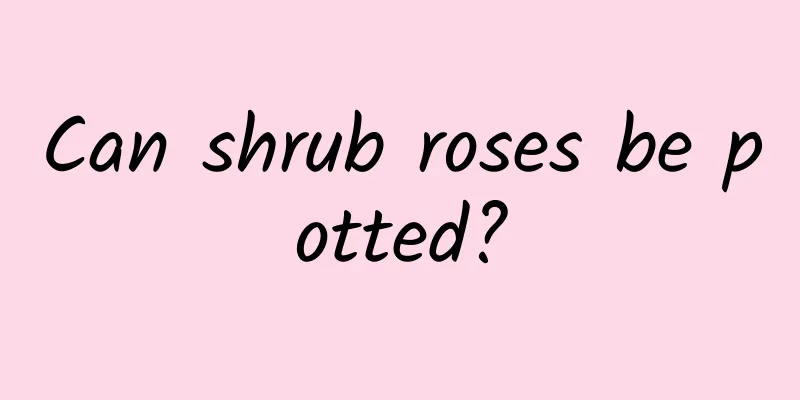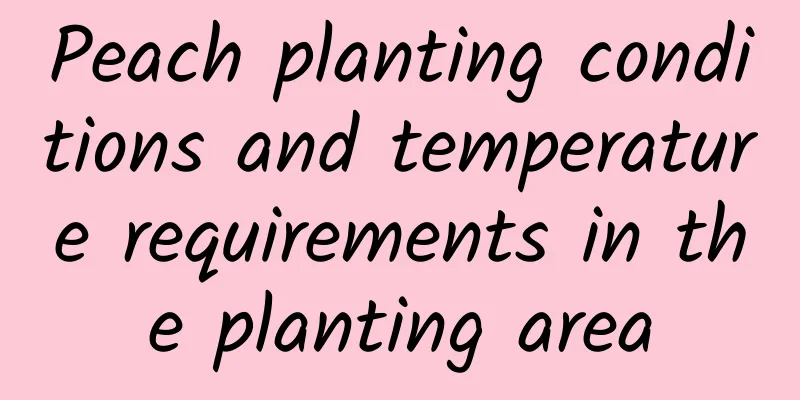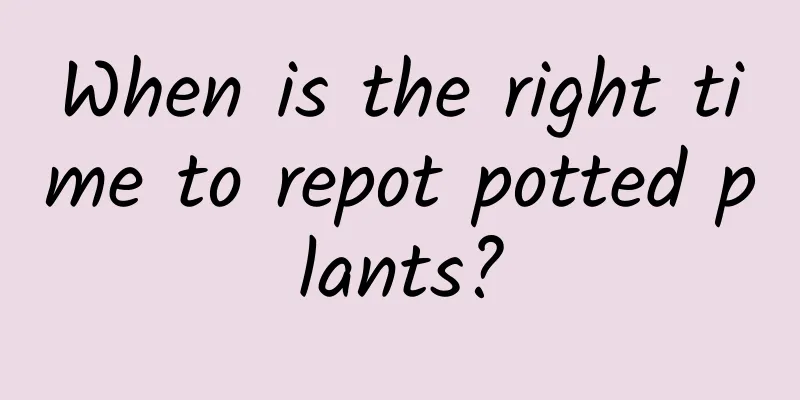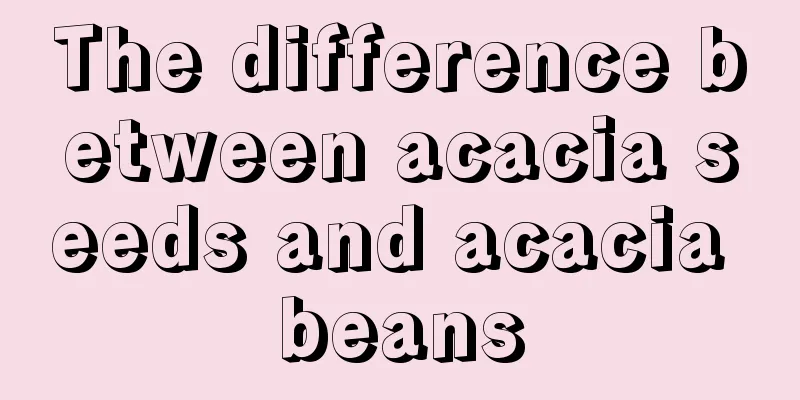What is the difference between sunflower and chrysanthemum
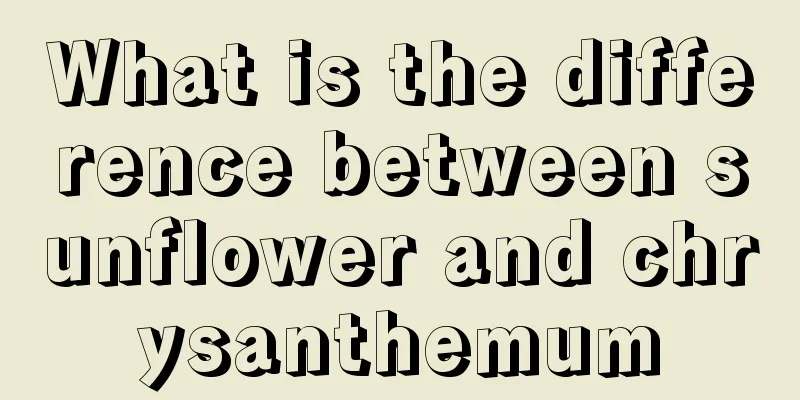
1. Sunflower1. RootIts roots can penetrate deep into the soil, up to 100-200cm deep. Its lateral roots grow horizontally, with many fibrous roots and root hairs. Its root system is relatively developed and is widely distributed in the soil. Its roots grow even faster than the stems, especially when the flower disk is formed. When the seeds mature, the roots will stop growing and will wither. 2. StemIts stem is upright, with bristles on the surface and is relatively rough. In the later stage, the stem will become lignified and the inside will become hollow. Its embryonic stem has different colors, which is a very important way to identify its variety. The stem heights of its different varieties vary greatly. Even for the same variety, the heights can be different due to various environmental reasons. 3. Leaf flowersIt has two cotyledons and true leaves in pairs, growing in the area 1-3 nodes below the stem. The true leaves can grow relatively large and have bristles on them. The flower grows at the top of the stem. Its color and size are related to the variety. Its color is very attractive to insects for pollination. Its fruit is edible melon seeds. The seeds are relatively long, usually with black and white stripes, and the skin is relatively thick. 2. ChrysanthemumIt likes sunlight and dislikes shade. It can tolerate drought and dislikes waterlogging. It can withstand severe cold, and even in winter, its roots can survive the cold winter underground. It can withstand slight frost, but the seedlings need relatively high temperatures during their growth period. The best temperature is 20℃, the hottest should not exceed 32℃, and the lowest should not be lower than 10℃. It likes thicker soil with more humus and better water permeability. It can grow in slightly acidic to neutral soil. The best pH is within the range of 6.2-6.7. 3. DifferenceAlthough both are yellow, the difference is very obvious. The flowers of chrysanthemum are thinner and longer, while the flowers of the former are thicker and larger. The flowers of chrysanthemum spread out continuously, while the former only has petals on the edge of the flower disk. Moreover, it is difficult for us to see the stamens of the latter, but the stamens of the former can not only be seen clearly, but also the seeds on them can be seen. The leaves of the latter are smaller and serrated, while the leaves of the former are wider and have small teeth on the edges. |
Recommend
Throw these 4 kinds of fruit cores in a pot, and you won’t have to buy potted plants for 10 years!
Pomegranate bonsai It’s the pomegranate season no...
Main types of ginger
Young ginger First is the young ginger, which, as...
What you have to know about office Feng Shui
color The Feng Shui plants for the office are arr...
What is the matter with the dried leaves of Dripping Guanyin?
1. Lack of nutrients 1. Reason: The demand for nu...
What to do if the jade bell grows too long
reason Insufficient light The stems and leaves of...
What is the best month to plant autumn eggplant?
When to plant autumn eggplant Autumn eggplant is ...
How to propagate Cineraria by cuttings
1. Take the side buds This flower is usually prop...
How to make moss jade bonsai
1. Production steps 1. First, you need to prepare...
How to save seeds of lettuce
Lettuce Seed Introduction Lettuce has seeds. Gene...
Why are orchid leaves cracking?
1. External damage When people are caring for orc...
How to fertilize Lithops
Fruit peel soaking method for fertilization: This...
Can a bayberry tree be planted at the doorstep?
Can bayberry trees be planted at the doorstep? It...
How to transplant succulents
1. Preparation 1. Flower pot: First, prepare a ne...
How to grow lilies in small pots
1. Lighting The lilies in small pots have just be...
How to grow Kume no Mai succulent
1. Breeding environment 1. Soil: The Kume no Mai ...
